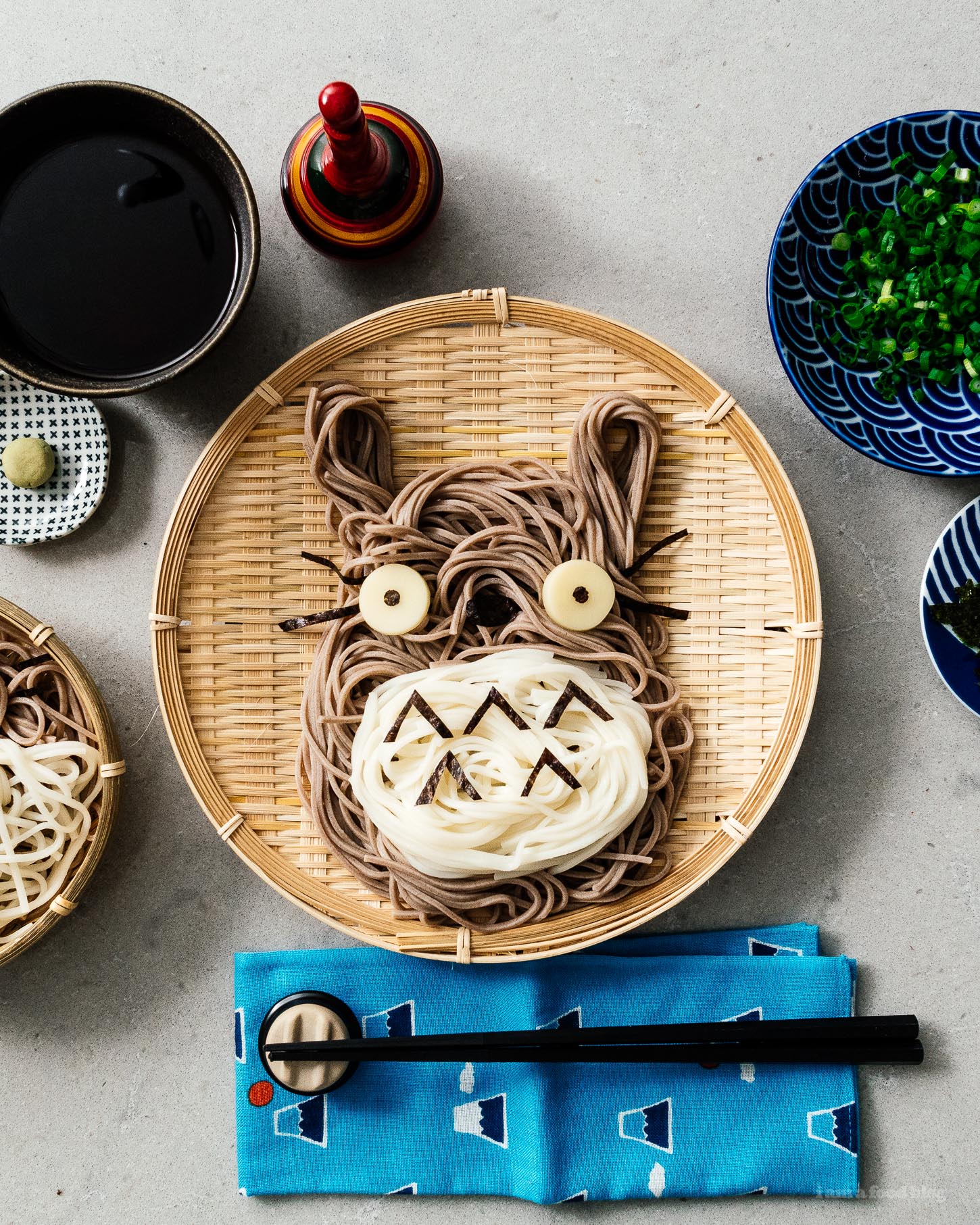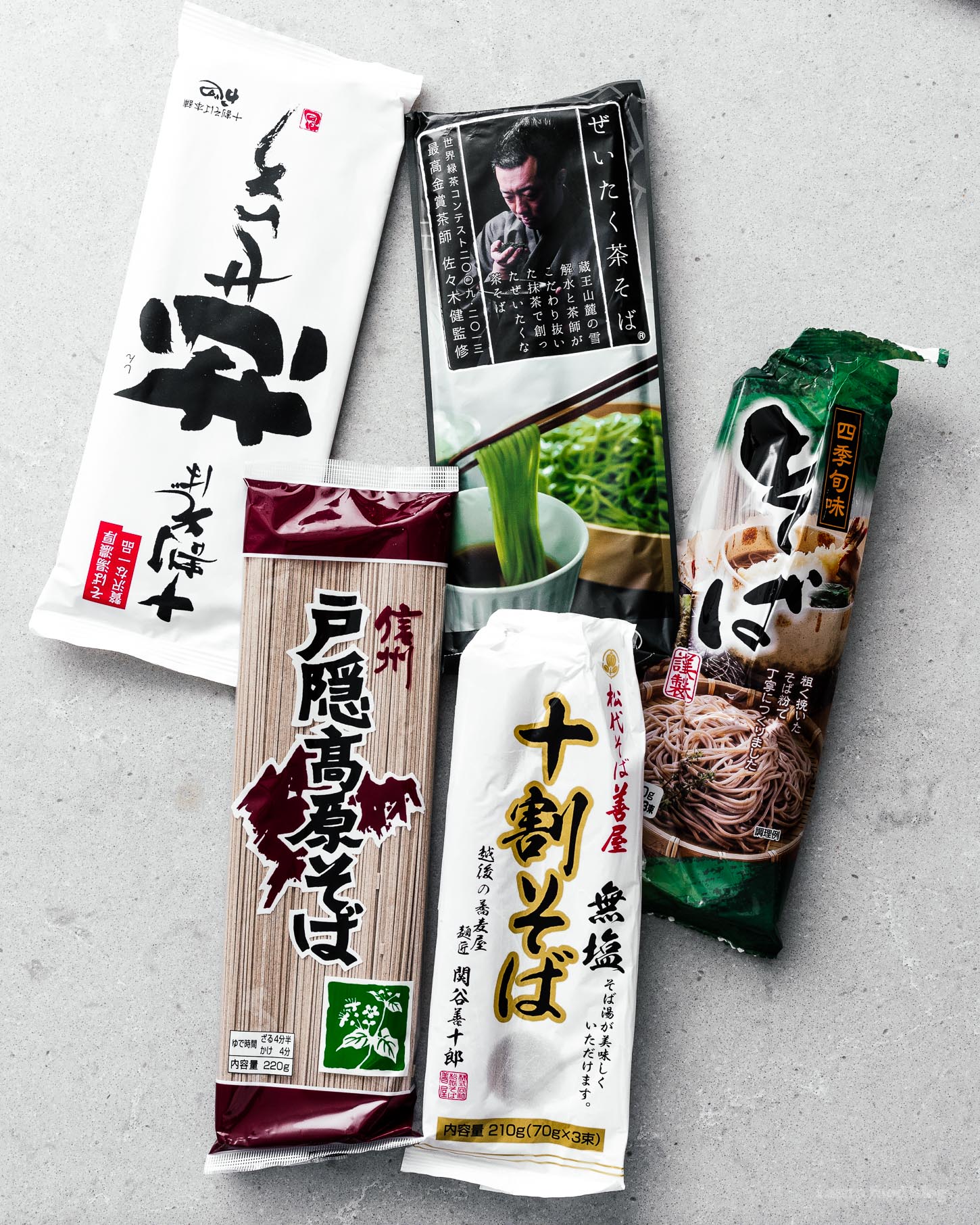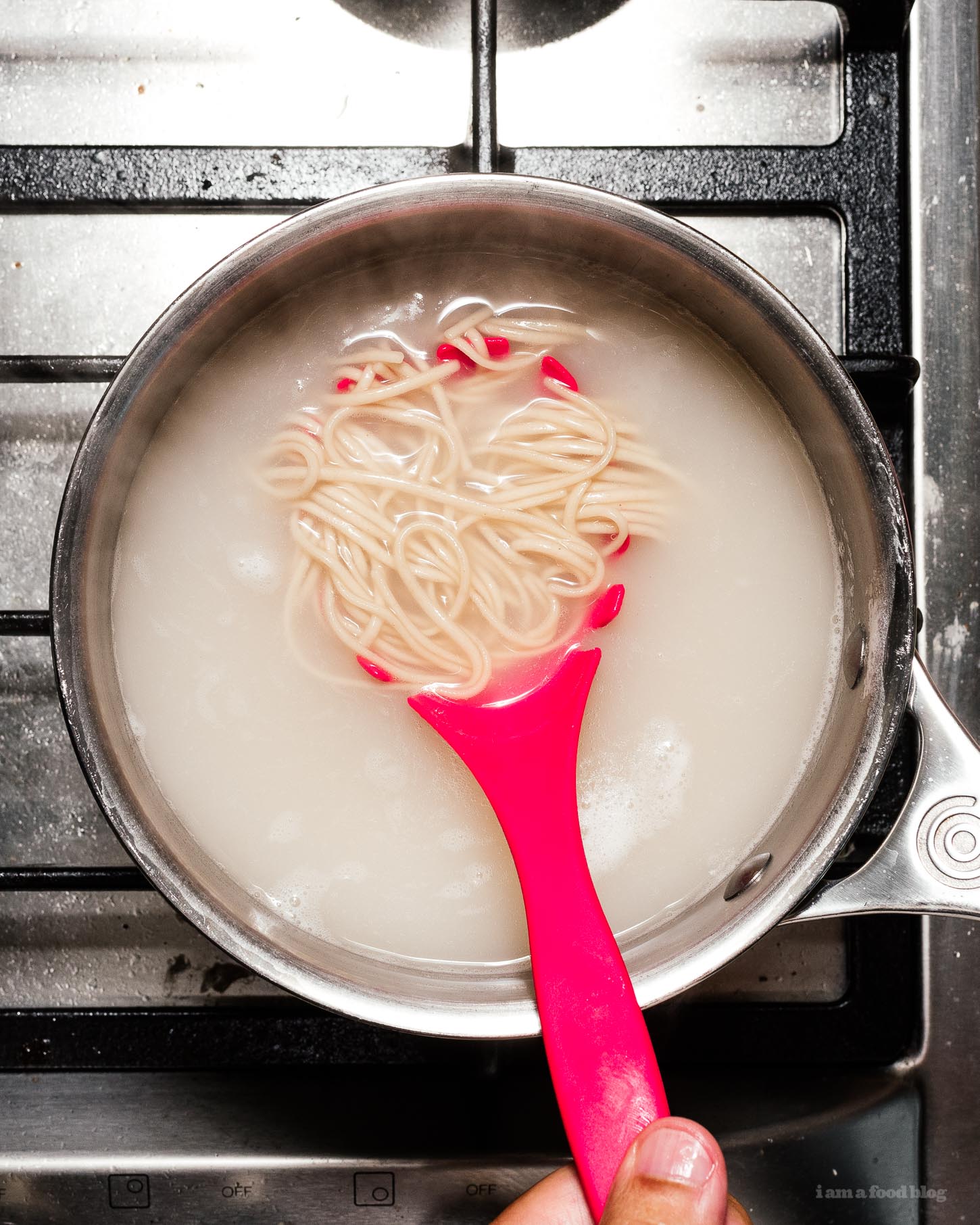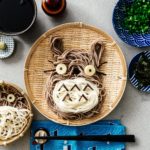Why You Should Eat Soba on New Year’s Day · i am a food blog
Have you heard of New Year’s Soba? In Japan, New Year’s Eve and New Year’s Day, a lot of kicks like to eat Toshikoshi Soba. Toshikoshi literally means “noodle ring”. It is a super simple humble dish of Soba for good fortune for the new year. Eating Soba symbolizes the abandonment of last year’s difficulties while waiting for the strength and resilience of the new year.
Personally, it looks like an excellent excuse for eating noodles, but it also makes sense metaphorically too. Soba is easily broken during the eating (especially Soba which is 100% buckwheat), this is how you drop the difficulties of the past year. As for strength, buckwheat plants are also super resilient and can grow in extreme weather. It is a beautiful metaphor and if it just bears a little luck in 2020, I am quite inside.
Most people have a warm bowl of Toshikoshi Soba because it’s winter, but there is no reason why you can not have Zaru Soba either. Like most traditions, these are the rules of the house – a bit like the way everyone plays the monopoly differently. We are doing both or this year, but this year we will probably do Zaru Soba because we love our pleasant and firm soba noodles. Zaru Soba is one of the easiest dishes to prepare. All you have to do is mix a dip sauce called Mensuyu and cook the Soba. Soak, eat and repeat!


A guide to buy soba
Soba is roughly available in any Asian grocery store, online and in certain high -end stores like Whole Foods. Most Soba in North America are sold dried in packages in packages.
There are two types of soba, those who are 100% buckwheat and those who are a mixture of buckwheat and ordinary flour. The 100% buckwheat noodles are more nuts and more aromatic. They are naturally gluten -free, but because of this, they tend to break more easily. If you like a more soft noodle, opt for a soba that has a mixture of flours. As a rule, buckwheat should be the first ingredient and a higher buckwheat / flour ratio is what you are looking for.


How to prepare Soba
Bring a large saucepan of water to a boil – it is not necessary to salty water – and add the noodles, swirling. Bake according to the instructions of the packaging, a package per person, being sure to give a whirlwind to the Soba from time to time. When the weather is sold, do not pour the Soba, or Sobayu cooking water (literally hot soba water). Do as they do in Soba stores: after finishing eating your Soba, mix the Sobayu (about 1/2 cup with a cup) in the plunging soba sauce and drink like a soup.
Instead of drainage, use a noodle scoop to move noodles in a colony. Rinse the soba vigorously under running cold water, then drain well and arrange on a plate or a soba basket.


If you are going to eat the Soba in a hot soup, do the same steps, then prepare the soup and place the rinsed soba in a bowl with the soup.
PS – If you don’t have a Soba at your fingertips, you can always eat noodles for an additional luck in the new year. Noodles are a lucky symbol of longevity, so be sure to eat long noodles and not macaroni or rotini!
- 1 cup dashi See notes
- 1/4 cup I am sauce
- 2 tablespoon undermine
- 2 bundles soba About 6-7 ounces
- green onions in slices
- Nori / algae bands
- wasabi













Post Comment